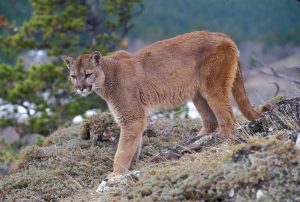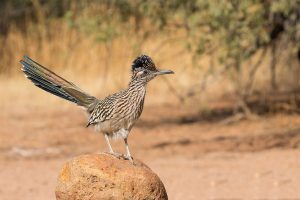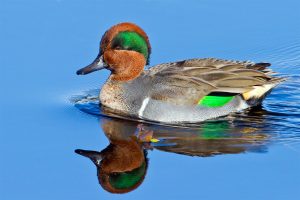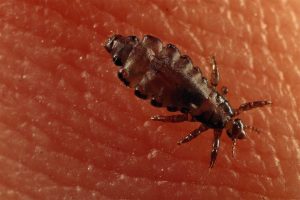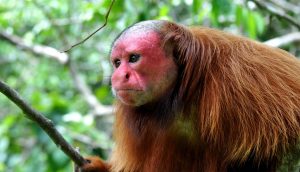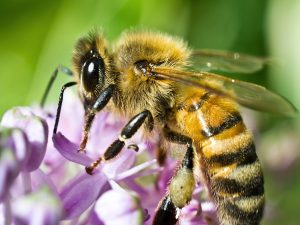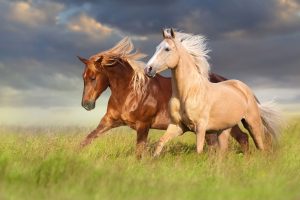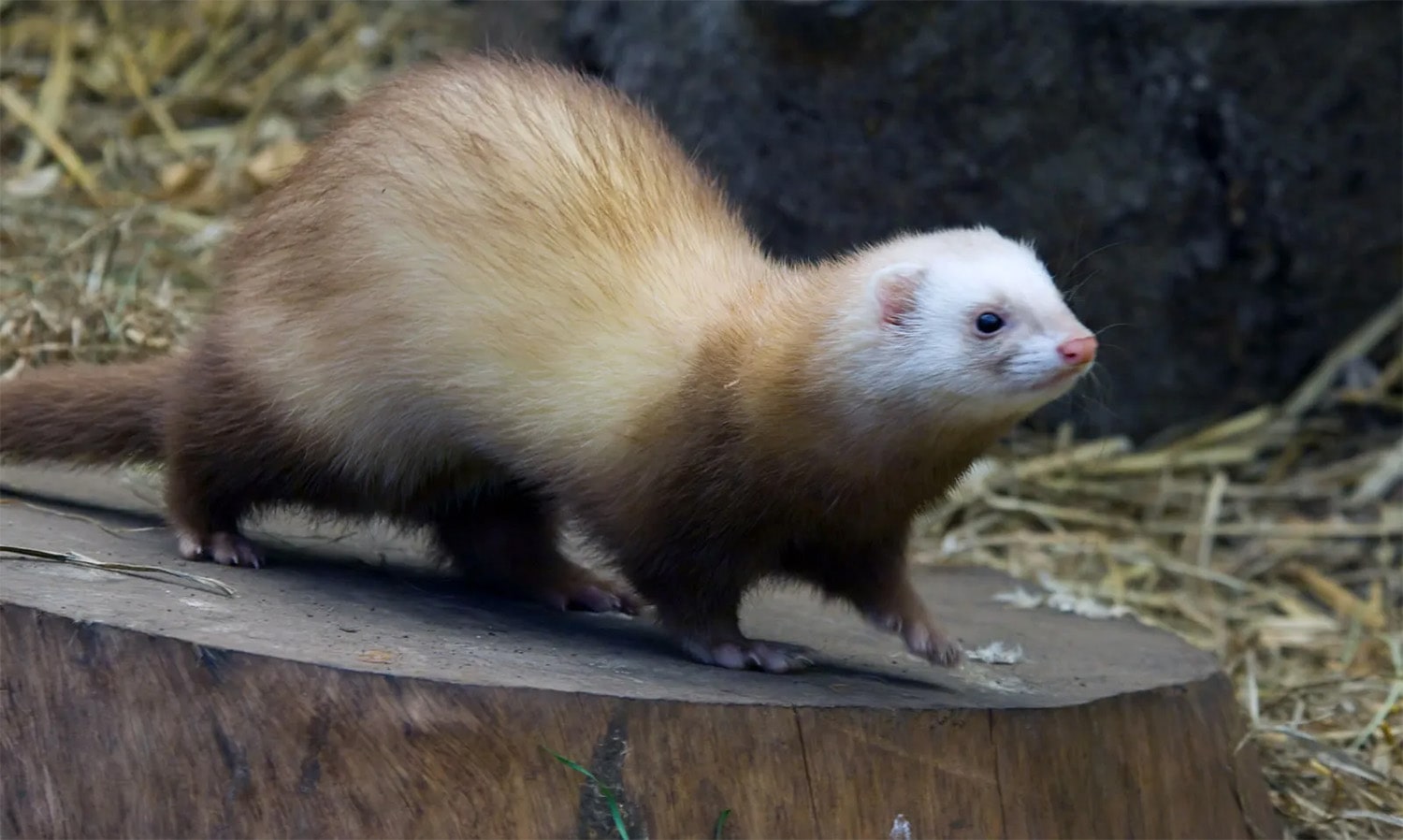
36 interesting facts about ferrets
- 👁️ 881
Ferrets are captivating creatures, known for their playful personalities, slinky movements, and mischievous antics. These small, carnivorous mammals have been domesticated for thousands of years, serving various roles from hunting aids to beloved pets. Their intelligence and curious nature make them unique companions, capable of forming strong bonds with their human caretakers. Despite their popularity, there are many fascinating aspects of ferret life and biology that remain lesser-known. Here are 36 interesting and informative facts about ferrets that will give you a deeper appreciation for these intriguing animals.
- Ferrets are members of the weasel family, Mustelidae, which also includes otters, badgers, and minks.
- The name “ferret” is derived from the Latin word “furittus,” meaning “little thief,” a nod to their penchant for hiding small objects.
- Ferrets have been domesticated for more than 2,000 years.
- They were originally used for hunting rabbits, a practice known as “ferreting.”
- A group of ferrets is called a “business.”
- Ferrets have a lifespan of 5 to 8 years when cared for properly.
- They are obligate carnivores, requiring a diet of meat to survive.
- Ferrets have a unique musky odor, produced by scent glands near their skin.
- These animals are highly sociable and thrive in groups.
- Ferrets sleep for about 18 hours a day and are most active during dawn and dusk.
- They are capable of learning tricks and commands, similar to dogs.
- Ferrets are known for their playful “weasel war dance,” a series of frenzied sideways hops.
- They have a flexible spine, allowing them to squeeze through very small spaces.
- Ferrets are illegal to own as pets in some places, including California and Hawaii, due to concerns about wildlife.
- They are prone to several health issues, including adrenal gland diseases and insulinoma.
- Ferrets have been used in laboratories for research, particularly in the study of influenza.
- A ferret’s heart beats 200 to 250 times per minute.
- They have a gestation period of 42 days, with litters typically consisting of 3 to 7 kits.
- Ferrets are crepuscular, meaning they are most active during the twilight hours.
- They have poor vision but an excellent sense of smell and hearing.
- Ferrets cannot digest fiber, making fruits and vegetables harmful to their diet.
- Baby ferrets are called “kits.”
- A female ferret is a “jill,” while a male is a “hob.”
- Neutered males are known as “gib,” and spayed females are called “sprite.”
- Ferrets can suffer from heatstroke in temperatures over 80°F (27°C).
- Their long, slender bodies are adapted for burrowing and hunting in narrow spaces.
- The domestic ferret is thought to be descended from the European polecat.
- Ferrets have been used to run cables through large conduits in places like Buckingham Palace and aircrafts.
- They lack a cecum, the part of the gut used in other animals to digest plant material.
- Ferrets experience seasonal coat changes, shedding their fur twice a year.
- They have been portrayed in literature and film, most famously in the “Beast Master” movie series.
- Ferrets can get along with other pets, including dogs and cats, if properly introduced.
- They are known for their curious and investigative nature, often exploring every nook and cranny of their environment.
- Ferrets require a high-protein diet and can eat specially formulated ferret food or high-quality cat food.
- In the wild, their diet consists mainly of small mammals and birds.
- Ferrets have a unique way of communicating with humans and other ferrets, using a series of vocalizations, body postures, and movements.
Ferrets are truly remarkable creatures, combining the curiosity of cats with the playfulness of dogs into a unique and endearing package. These 36 facts highlight the complexity and charm of ferrets, from their ancient domestication to their role in modern homes and even scientific research. Their playful nature, combined with their distinct physical and behavioral traits, make ferrets fascinating subjects for study and delightful companions. As we continue to learn more about these animals, our appreciation for their place in nature and in our lives only deepens.
